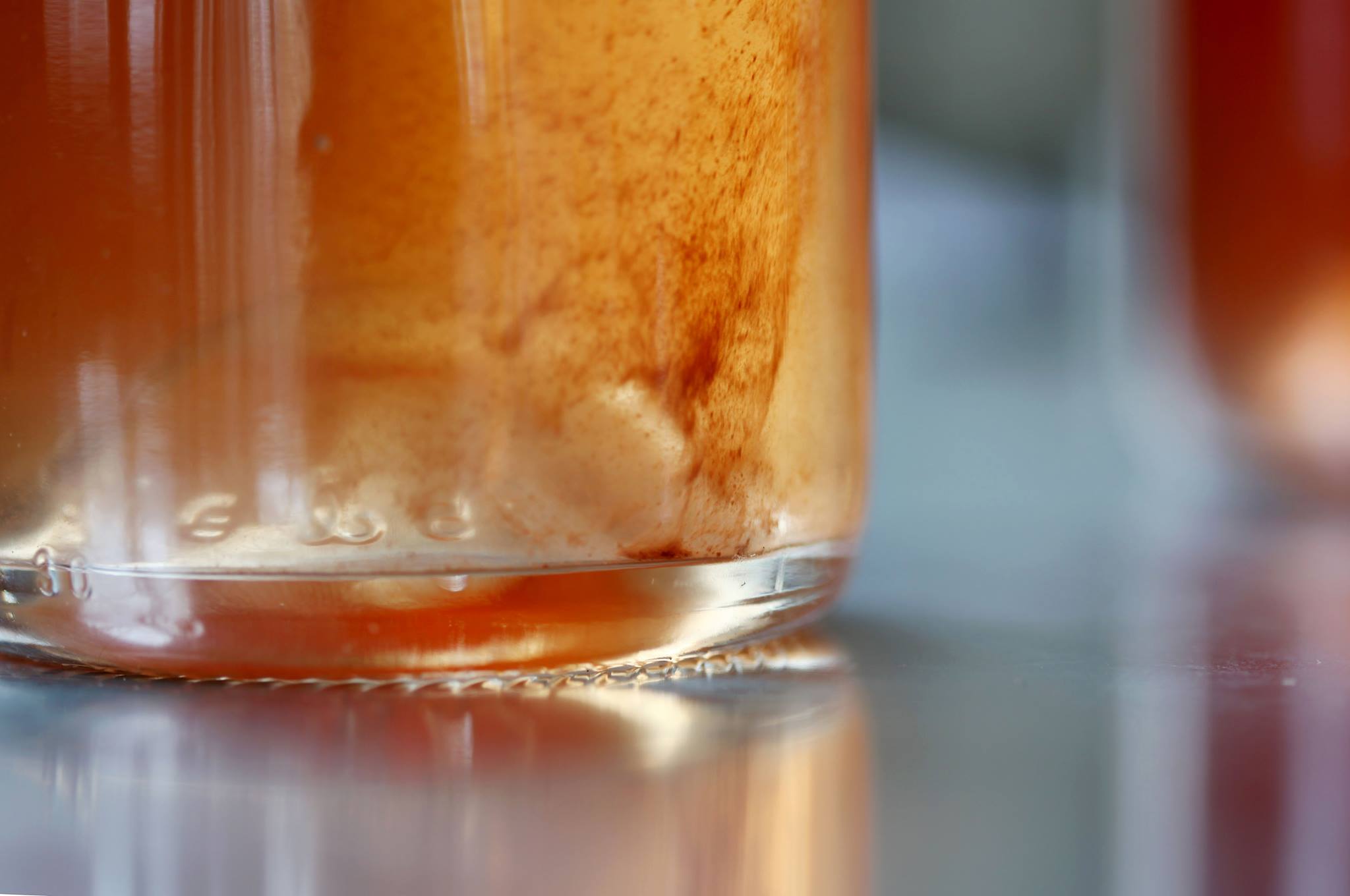Statement: There are discernible wine faults, there are also legitimate wine flaws.

Wine cleanliness is wine godliness. This notion of the paramount important of cleanness in winemaking is inculcated at every stage in every wine course. No wonder wine professionals believe there are strict lines in the sand. On one side of the line are clean, fault-free wines, on the other, flawed/faulty (makes no difference) wines that are fatally compromised, and ought not to be present in the market.
Flawed and faulty are not interchangeable terms, however. There are plenty of flawed wines present, being bought, sold and drunk, which either implies that millions of people are drinking stinky, vinegary abominations unaware of the fact, or that particular individual wines speak to different people in a distinctive idiom.
What is beautiful, what is memorable, what is singular, what is lasting, may be the very irregularities and exposed nerve endings in flawed wine.
Flaws are perceived imperfections. For some they are not imperfections at all, but a characteristic of the wine itself. For others their manifestation is acceptable to a degree. For others still, they are evidence of microbiological malfunction during the winemaking – and should be seen as faults. Our palates are conditioned by our training on the one hand, and our personal taste, on the other, to determine what is acceptable. The training, however, is designed around the idea that wine is a chemical numbers game and that these numbers can and should be regulated to indicate what is correct, and what is not.
What is beautiful, what is memorable, what is singular, what is lasting, may be the very irregularities and exposed nerve endings in flawed wine. Because living wines are constantly mutating and often in a way that defies scientific predictive logic, the flaws are then not only part of the character of the wine, they make the wine what it is. Everywhere in life we discover imperfection and celebrate it: in art, in sculpture, in live music, in the plays of Shakespeare, in an unpasteurised cheese, in the apple that falls from the tree, in the idea of wabi-sabi. Are wines that are lacking colour and clarity flawed?
Flaws in wine are a healthy phenomenon.
There is another way of looking at this issue. If flaws are natural defects, then how about unnatural defects? The overuse/abuse of sulphur, over-filtering and the several dozen denaturing or flavour/texture-adding impositions that may damage the wine? Bad winemaking cuts both ways. Just as absence of supervision may result in brett, mousiness, mercaptans and other undesirable dominant characteristics, so too much sulphur will burn the wine, certain yeasts may give it fake flavours, and filtering may remove so much of the energy and texture of the wine. These faults are no less for being the result of human intervention as opposed to human non-intervention.
Flaws in wine are a healthy phenomenon. They get us arguing about the taste and perception of good and what is true and what is pure. Deviation from the norm will never appeal to those who prefer their wines “faultily faultless, icily regular, splendidly null”, but for those who enjoy wine as a truly artisan product, the flaws implicit in many wines make them amazing, challenging and unique.

